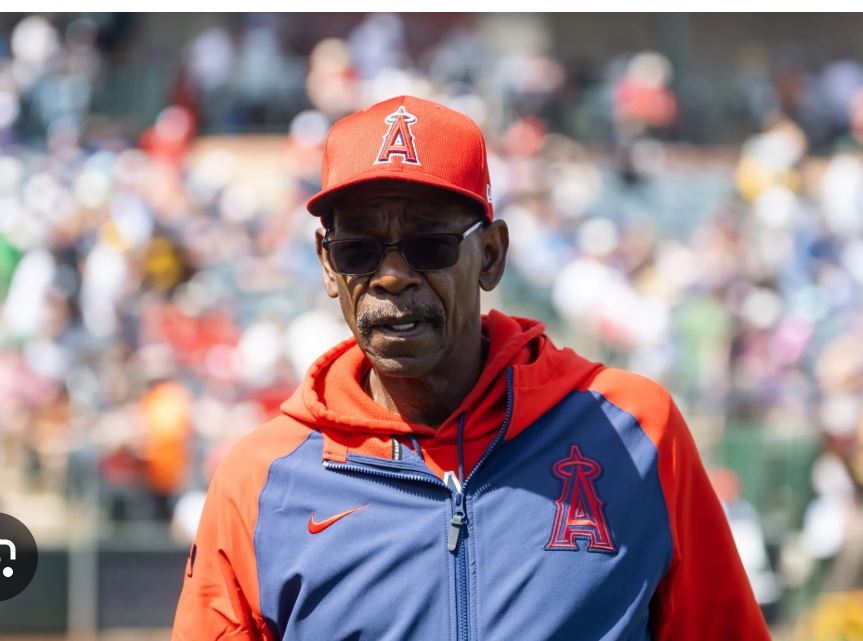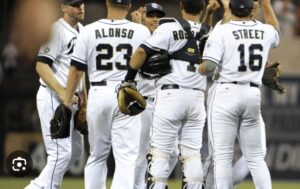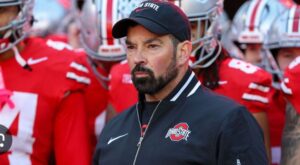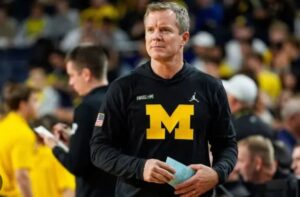
Rebuilding their starting rotation was a top priority for the Angels going into the summer. Griffin Canning and Patrick Sandoval were dropped after a string of poor seasons as the team sought to improve on a squad that finished 2024 with a 4.97 ERA, good for 28th place in the league.
Clear aces, elite no. 2s and 3s, back-of-the-rotation arms, upside bets, injury reclamations, and seasoned mentors are some of the several tiers of starting pitching available on the free agent market.
As one of the first big offseason moves, the Angels signed Yusei Kikuchi to a three-year, $63 million contract, dipping into the next tier rather than playing around in the ace stratosphere. The Halos were hopeful that Kikuchi or one of the rotation’s younger starters would step up and take the ace role with him in tow.
Kyle Hendricks, who at this stage of his career obviously fit into the seasoned mentor tier, was the only other addition the Angels made. Hendricks accepted a meager $2.5 million one-year contract, but his value as a coaching staff extension was more important than his ability to contribute from the mound in his final years.
Compared to other grizzled vets, Kyle Hendricks’ performance has been a tremendous value for the Angels
Hendricks, 35, was forced to settle for such a pittance due to a disastrous 2024 campaign that saw him produce a career-worst 5.92 ERA over 130.2 innings. A far cry from his peak, which featured a 2.13 ERA in 2016, which led the National League and earned him a third-place Cy Young finish, Hendricks had been in decline for some time.
Although Hendricks’ soft-tossing career never quite reached the heights of the past aces, two other prominent free-agent starters, Max Scherzer and Justin Verlander, were in the same free-agent tier as Hendricks.
Since Scherzer and Verlander are both over 40 and exhausted, their value is comparable to Hendricks’s. They are seasoned mentors who may be able to provide a strong start or two, but their greatest strength right now is their intelligence rather than their physical prowess.
Scherzer got a virtually identical one-year $15.5 million contract with the Toronto Blue Jays a little later than Verlander, who signed a one-year $15 million agreement with the San Francisco Giants. All three were far closer to the conclusion of their careers than the start, but the two former aces were valued far more than Hendricks.
But Hendricks is still pitching like a quality arm, not Scherzer or Verlander, who both have three Cy Young trophies in their awards cases. In his first two outings, Verlander has had a 6.14 ERA in just 7.1 innings pitched, while Scherzer gave up two runs in three innings before suffering an injury.
In contrast, Hendricks has been dealing from the beginning of the season. The right-hander has a 1.64 ERA over 11 innings in two starts. Perhaps the indications that Hendricks was no longer a good pitcher were exaggerated, even though it is unrealistic to expect him to continue at this rate.
Hendricks has never depended on velocity like Scherzer and Verlander did. The shrewd veteran has never recorded an average fastball velocity of 90 mph or more; instead, he has always relied on movement, speed changes, and excellent location to build up pitches and throw batters off balance.

At $2.5 million, he’s still a wonderful deal, especially when you consider that his closest comparable peers are making about six times as much. That kind of skill set may age well, though, even if his season flops and this early-season domination is just a passing fad.
The Halos will save a lot of money by adding Hendricks, who is a valuable veteran captain who will also be a net-positive in the rotation.







